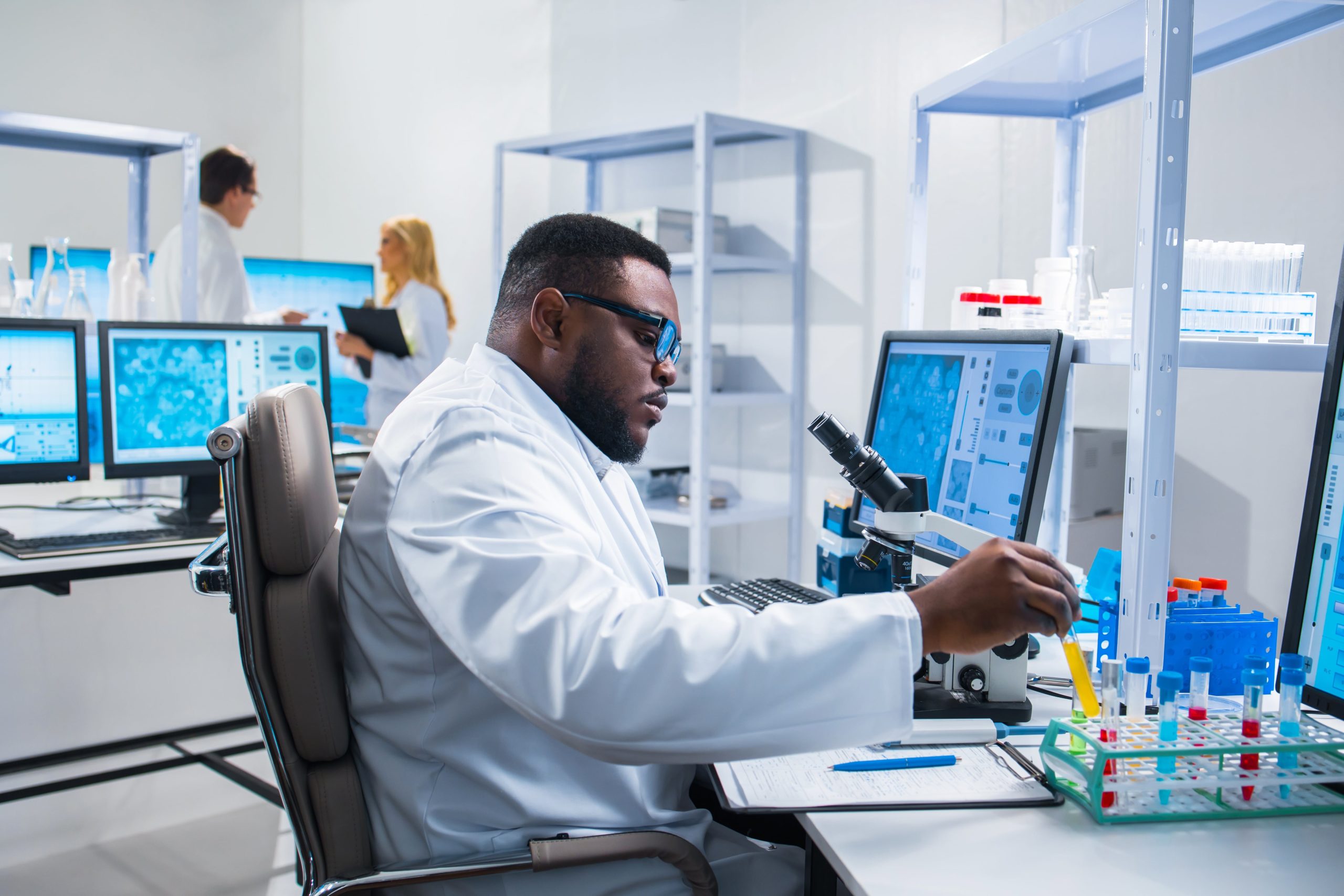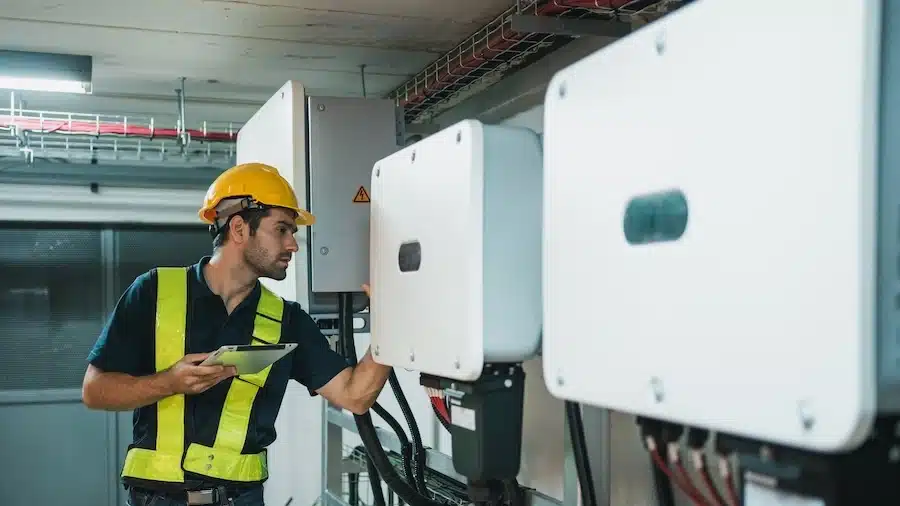The technology to clone humans may already exist, but it is unlikely that people will ever be comfortable with the idea. Animal cloning has entered the mainstream in a number of ways but, for most people, cloning humans will always be off limits.
A step too far?
Sophisticated animal cloning has been with us for over 20 years, but this is by no means a guarantee that human cloning will follow. In 1996, scientists at the University of Edinburgh created Dolly, ‘the world’s most famous sheep.’ She was the first mammal to be cloned from an adult somatic cell using the process of nuclear transfer. This involves removing the nucleus from an unfertilised egg and then injecting it with the nucleus of the cell to be cloned. A somatic cell is a cell that is uninvolved in sexual reproduction (those cells are called gametes). In Dolly’s case, the donor cell came from a mammary gland. The importance of this breakthrough cannot be understated. As Lawrence Brody from the National Human Genome Research Institute puts it:
‘The folks in Scotland had essentially figured out a way to reprogram the genome so it can make a whole organism.’
In the immediate aftermath of Dolly’s birth, the world was gripped by a sort of moral panic, as many jumped to the conclusion that human cloning was now inevitable. People began envisioning a future where the rich cloned themselves for spare organs, or where bereaved parents brought their children back from the dead. In 2005, the UN responded to public pressure by issuing the Declaration on Human Cloning, which condemned human cloning in all its forms as ‘incompatible with human dignity and the protection of human life.’ This was, however, a non-binding declaration. It stopped short of actually banning the process.
Even if countries aren’t technically prohibited from cloning humans, public opinion remains overwhelmingly against it. The most recent Gallup poll showed that only 14% of Americans believe human cloning is acceptable, although this is up from 7% in 2001, suggesting a gradual softening of attitudes. Interestingly, support for animal cloning has remained steady at around 30% for the last 16 years.
Do we have the technology?
Ethical considerations are all well and good, but the conversation is moot if human cloning isn’t possible. Many people assumed that, once a mammal had been cloned using nuclear transfer, the process could be easily replicated with other species, including humans. This was not the case. Speaking to Business Insider, bioethicist Hank Greely of Stanford University sums up the difficulties:
‘I think no one realized how hard cloning would be in some species though relatively easy in others. Cats: easy; dogs: hard; mice: easy; rats: hard; humans and other primates: very hard.’
A big part of the problem when it comes to cloning humans is finding enough donor eggs. Cloning through nuclear transfer involves a lot of trial and error. Attempts to clone animals usually take about 100 tries before a newly constructed cell begins to divide normally, producing a successful clone. Dolly was created on the 277th attempt. This isn’t a big problem in species such as cows where eggs are plentiful (they can be obtained in bulk from slaughterhouses.) However, human women are understandably less willing to part with their eggs.
On top of this, the specific peculiarities of each species’ reproductive patterns mean that the process cannot be used interchangeably for all animals. Dogs, for example, have proved incredibly difficult to clone because their eggs develop in the oviduct rather than the ovary, something that is very hard to replicate in a lab. An Afghan Hound called Snuppy became the first successful canine clone in 2005, but only after 1,095 attempts using embryos from 123 surrogate dogs.
Aside from practical problems and public opposition, we believe that the real nail in the coffin for human cloning is the lack of commercial interest. It’s a sad truth that scientific breakthroughs rarely take off unless they can be monetised in some way. Getting involved in human cloning would be a PR disaster and, as such, companies are keeping their distance. George Annas of Boston University sums up the problem:
‘Both the assisted reproduction (IVF) and pharmaceutical industries immediately said they had no interest in human cloning. That was a big deal. All new technologies are driven by the profit motive.’
Cloned pets
While human cloning seems as unlikely now as it did 20 years ago, there is evidence that animal cloning could be used to assist humans. Although not overwhelmingly positive, public attitudes to animal cloning are softer, especially if it can improve our quality of life. In a recent report, scientists from Harvard University and the biotech company eGenesis announced that gene-editing and cloning could be used to create ‘virus free piglets’ that could be used for human organ transplants. While people would presumably be squeamish about their bodies being home to pig organs, the ongoing donor shortage in this country means that cloned animal organs could save many lives.
Although fears of people cloning dead relatives proved to be unfounded, it is now possible to clone your dead pets. Last year a British couple became the first people in the UK to clone a pet. Laura Jacques and Richard Remde paid £67,000 to have their recently deceased Boxer dog Dylan recreated by South Korean company Sooamm Labs.
This gradual acceptance of animal cloning could potentially erode public opposition to human cloning over time. This seems unlikely though. For most people human cloning will always be seen as a step too far. Companies will be unwilling to get involved in something so controversial for fear of damaging their brand. This lack of financial incentive coupled with the public’s resistance to the idea means that human cloning will never be more than a fantasy.
A safety net for innovation
We might be a long way from human cloning, but there are many less headline-grabbing, but no less important, innovations taking place every day. If your company is working towards improving people’s lives using new technology, you may be entitled to R&D Tax Credits. Developing new ideas is a risky process and many companies are understandably reluctant to put their money on the line for something that might not succeed. R&D Tax Credits act like a safety net for innovation, allowing you to reduce the risk by offsetting the costs of innovative projects, whether they succeed or not.
The application process can seem a bit daunting. You’ll have to present a strong case to the HMRC backed up by detailed evidence. That’s where we can help. We have years of experience with R&D Tax Credit applications and can guide you through the entire process. If you have any questions, don’t be afraid to ask.
Get in touch today and let’s get started.




